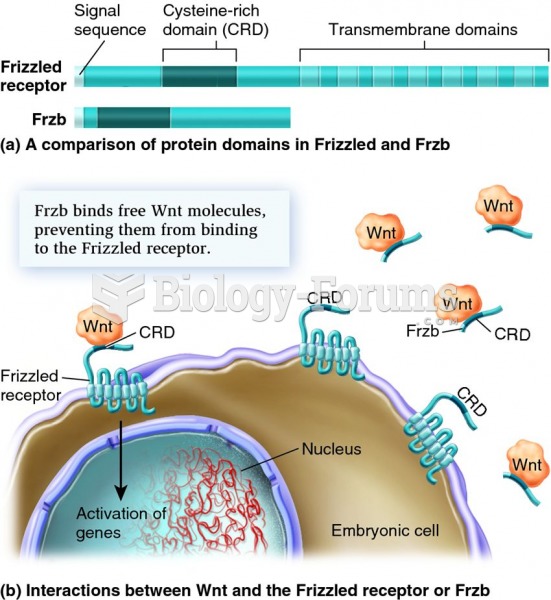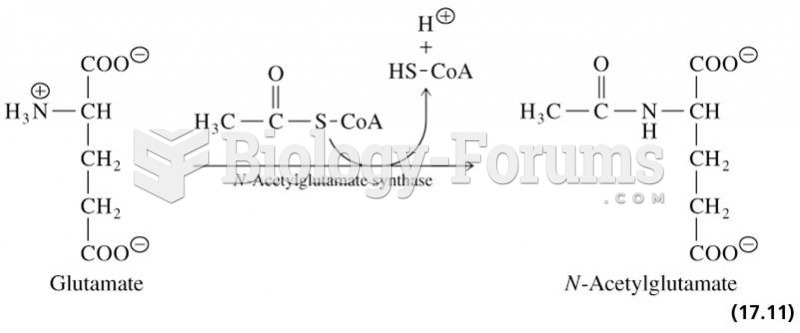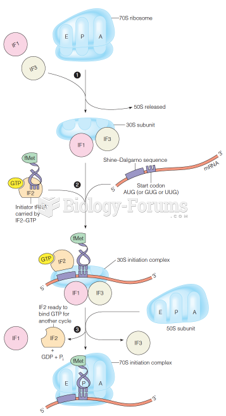|
|
|
Did you know?
Symptoms of kidney problems include a loss of appetite, back pain (which may be sudden and intense), chills, abdominal pain, fluid retention, nausea, the urge to urinate, vomiting, and fever.
Did you know?
Medication errors are three times higher among children and infants than with adults.
Did you know?
Critical care patients are twice as likely to receive the wrong medication. Of these errors, 20% are life-threatening, and 42% require additional life-sustaining treatments.
Did you know?
Aspirin may benefit 11 different cancers, including those of the colon, pancreas, lungs, prostate, breasts, and leukemia.
Did you know?
Famous people who died from poisoning or drug overdose include, Adolf Hitler, Socrates, Juan Ponce de Leon, Marilyn Monroe, Judy Garland, and John Belushi.
 The actions of Frzb and the Frizzled receptor protein show how embryonic development represents a ba
The actions of Frzb and the Frizzled receptor protein show how embryonic development represents a ba
 Two general models for the interconversion of inactive and active forms of a protein during cooperat
Two general models for the interconversion of inactive and active forms of a protein during cooperat





